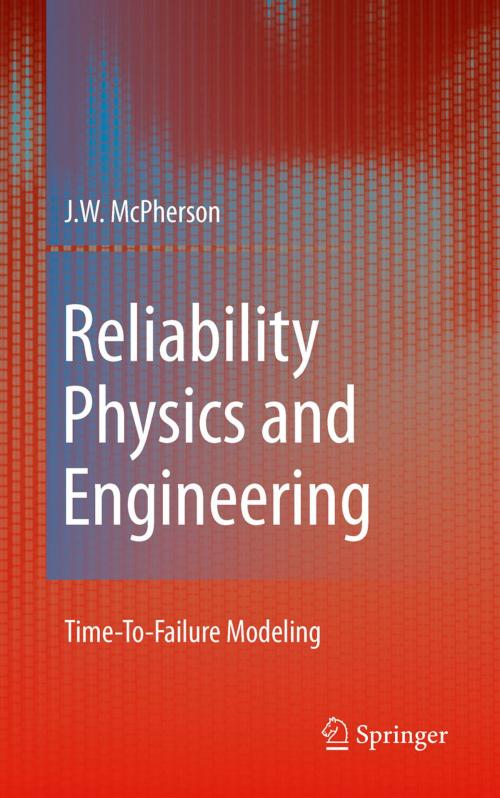Reliability Physics and Engineering
Time-To-Failure Modeling
Nonfiction, Science & Nature, Technology, Quality Control, Electronics| Author: | J. W. McPherson | ISBN: | 9781441963482 |
| Publisher: | Springer US | Publication: | August 5, 2010 |
| Imprint: | Springer | Language: | English |
| Author: | J. W. McPherson |
| ISBN: | 9781441963482 |
| Publisher: | Springer US |
| Publication: | August 5, 2010 |
| Imprint: | Springer |
| Language: | English |
All engineers could bene?t from at least one course in reliability physics and engineering. It is very likely that, starting with your very ?rst engineering po- tion, you will be asked — how long is your newly developed device expected to last? This text was designed to help you to answer this fundamentally important question. All materials and devices are expected to degrade with time, so it is very natural to ask — how long will the product last? The evidence for material/device degradation is apparently everywhere in nature. A fresh coating of paint on a house will eventually crack and peel. Doors in a new home can become stuck due to the shifting of the foundation. The new ?nish on an automobile will oxidize with time. The tight tolerances associated with ?nely meshed gears will deteriorate with time. Critical parameters associated with hi- precision semiconductor devices (threshold voltages, drive currents, interconnect resistances, capacitor leakages, etc.) will degrade with time. In order to und- stand the lifetime of the material/device, it is important to understand the reliability physics (kinetics) for each of the potential failure mechanisms and then be able to develop the required reliability engineering methods that can be used to prevent, or at least minimize the occurrence of, device failure.
All engineers could bene?t from at least one course in reliability physics and engineering. It is very likely that, starting with your very ?rst engineering po- tion, you will be asked — how long is your newly developed device expected to last? This text was designed to help you to answer this fundamentally important question. All materials and devices are expected to degrade with time, so it is very natural to ask — how long will the product last? The evidence for material/device degradation is apparently everywhere in nature. A fresh coating of paint on a house will eventually crack and peel. Doors in a new home can become stuck due to the shifting of the foundation. The new ?nish on an automobile will oxidize with time. The tight tolerances associated with ?nely meshed gears will deteriorate with time. Critical parameters associated with hi- precision semiconductor devices (threshold voltages, drive currents, interconnect resistances, capacitor leakages, etc.) will degrade with time. In order to und- stand the lifetime of the material/device, it is important to understand the reliability physics (kinetics) for each of the potential failure mechanisms and then be able to develop the required reliability engineering methods that can be used to prevent, or at least minimize the occurrence of, device failure.















